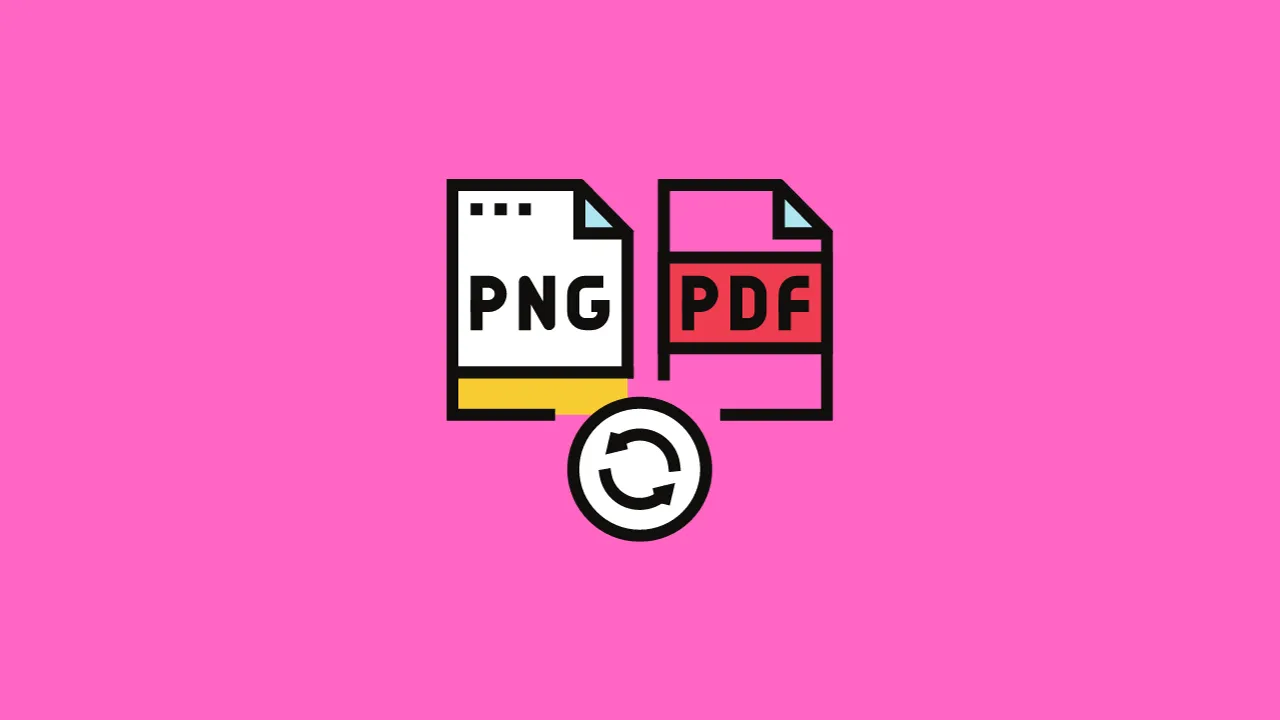How to professionally convert files in 5 steps
In today's digital age, the ability to convert files efficiently is a valuable skill. Whether you're a professional handling various file formats or an individual managing personal documents, knowing how to convert files professionally can save time and ensure compatibility. This guide will walk you through five essential steps to perform file conversions seamlessly.
Understanding File Conversion
What is File Conversion?
File conversion involves converting a file from one format to another. This could involve converting a document from PDF to Word, an image from JPG to PNG, or a video from MP4 to AVI.
Why is File Conversion Important?
File conversion is crucial for compatibility and accessibility. It allows different software and devices to read and manipulate files, making them usable across various platforms and applications.
Choosing the Right File Conversion Tool
Factors to Consider
When selecting a file conversion tool, consider factors such as file formats supported, conversion speed, ease of use, and additional features like batch conversion and cloud integration.
Popular File Conversion Tools
Some popular file conversion tools include Adobe Acrobat for PDF conversions, HandBrake for video conversions, and Zamzar for a wide range of file formats.
Step 1: Selecting the File to Convert
Identify the File Format
Begin by identifying the current format of the file you want to convert. This information is essential for choosing the right conversion method and tool.
Check Compatibility
Ensure that the output format you choose is compatible with the software or device where you intend to use the converted file. Compatibility issues can lead to errors or loss of data.
Step 2: Choosing the Desired Output Format
Common Output Formats
Common output formats include PDF, DOCX, JPG, MP4, and MP3, among others. Select the format that best suits your needs and the requirements of the target application or device.
Considerations for Different Output Formats
Different output formats may have specific considerations, such as image quality settings for JPG files or audio bitrate for MP3 files. Adjust these settings as needed for optimal results.
Step 3: Using the File Conversion Tool
Installation and Setup
If you haven't already, install the chosen file conversion tool on your computer or device. Follow the setup instructions to ensure proper installation and functionality.
Step-by-Step Conversion Process
Open the file conversion tool and follow the step-by-step instructions to convert your file. This typically involves selecting the input file, choosing the output format, adjusting settings if necessary, and initiating the conversion process.
Step 4: Verifying the Converted File
Quality Assurance
After conversion, verify the quality of the converted file. Check for any formatting issues, loss of data, or discrepancies between the original and converted versions.
Checking for Errors or Loss of Data
Carefully review the converted file for any errors or loss of data. Pay attention to elements like text formatting, image resolution, audio/video quality, and overall readability.
Step 5: Saving and Managing the Converted File
File Naming and Storage
Give the converted file a descriptive and organized name that reflects its content and purpose. Choose an appropriate storage location where you can easily access and manage the file.
Organizational Tips
Maintain a structured approach to file management by organizing converted files into folders or categories based on their content or project relevance. This helps streamline future access and retrieval.
Conclusion
Mastering the art of file conversion in five steps can significantly enhance your productivity and efficiency in handling digital content. By understanding file formats, choosing the right tools, following a systematic conversion process, and ensuring quality control, you can professionally convert files with ease.
FAQs
Is it necessary to pay for a file conversion tool, or are there reliable free options available?
It's not always necessary to pay for a file conversion tool, as there are many reliable free options available. Open-source software like LibreOffice and online converters such as Zamzar and Online Convert offer quality conversion services at no cost.
What should I do if the converted file doesn't display correctly or has missing elements?
If the converted file doesn't display correctly or has missing elements, try re-converting it using a different tool or format. Check for compatibility issues between the original file and the conversion tool.
Can file conversion tools handle large batches of files simultaneously?
Yes, many file conversion tools can handle large batches of files simultaneously, especially professional-grade software like Adobe Acrobat and batch converters like HandBrake.
Are there specific security measures I should take when using online file conversion tools?
When using online file conversion tools, ensure that the website is secure (look for HTTPS), avoid uploading sensitive or confidential files, and use reputable platforms with positive user reviews to minimize security risks.
How can I convert files on mobile devices, such as smartphones or tablets?
You can convert files on mobile devices using dedicated apps available on app stores. Examples include PDF Converter for PDFs, File Converter for various formats, and Video Converter for multimedia files.



